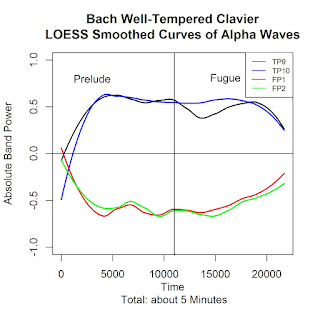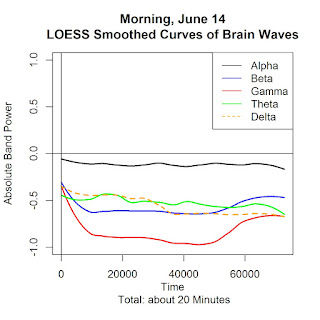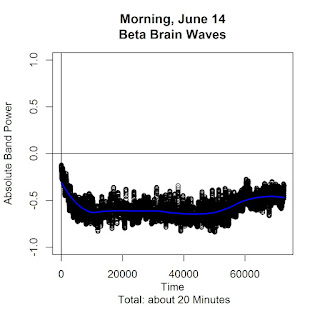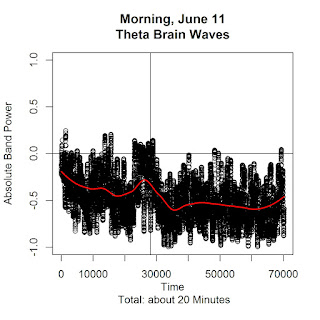In Matthew 11:28, the Lord teaches that we will have rest by following Him. But to what ends do we follow Him? To Augustine, we follow to obtain “the sight of God,” where we “rejoice in perpetual rest,” according to the teaching of Chrysostom.
Thus, by following Him, we can ascend to the sight of God, where we rejoice in perpetual rest. This promised spiritual reward is indescribable in its sublimity, and is conceivable perhaps only to those Saints who have obtained that reward. But how do we follow Him? What interior transformation must occur before we are able to make progress down this marvelous road?
Love, and only love, is how we prepare our souls to be ready to follow Him. Of course, first, we must ask what kind of love leads us to this heavenly reward. We must be precise as possible so that we are not led astray. Augustine now reveals the teaching:
And now He teaches them how to fit themselves to follow Him: “A new commandment I give you, that you love one another.” But does not the old law say, you shall love your neighbor as yourself (Lev., 19:18)? Why then does He call it a new commandment?
The answer, as Augustine points out, is the phrase, as I have loved you. But how did He love his disciples?
...but it is the love which our Lord distinguishes from the carnal affection. Not the love with which men love one another, but that of the children of the Most High God, who would be brethren of His only-begotten Son.
What type of love is distinguished from the carnal affection? What is the love of the children of the Most High God? Augustine:
What did He, in loving us, love, but God in us; not who was in us, but so that he might be?
To seek the sight of God and have perpetual and eternal rest, we must follow the Lord. We are not ready to follow the Lord until we love one another as the Lord loved his disciples. That love is the love of God's presence in one another; rather, that love is a desire that each of us knows God by becoming a dwelling place of God.
UPDATE: 7/3/2015
The saintly teachings on love are numerous, and to collect them all is a monumental task. However, I feel that I need to mention some of teachings of St. Aquinas in his commentary on Romans:
He [the Apostle Paul] says let love be without dissimulation, so that it consist not in word or outward appearance but in genuine affection of heart and in efficacious works.
UPDATE: 7/3/2015
The saintly teachings on love are numerous, and to collect them all is a monumental task. However, I feel that I need to mention some of teachings of St. Aquinas in his commentary on Romans:
He [the Apostle Paul] says let love be without dissimulation, so that it consist not in word or outward appearance but in genuine affection of heart and in efficacious works.
Second, he teaches that love should be pure when says: "hating evil." Love is pure when a person does not consent to his friend in evil, but so loves him that he hates his vices.
Third, he teaches that love should be honorable when he says: "cleaving to the good," so that one adheres to another because of his virtuous goodness...
Third, he teaches that love should be honorable when he says: "cleaving to the good," so that one adheres to another because of his virtuous goodness...



































